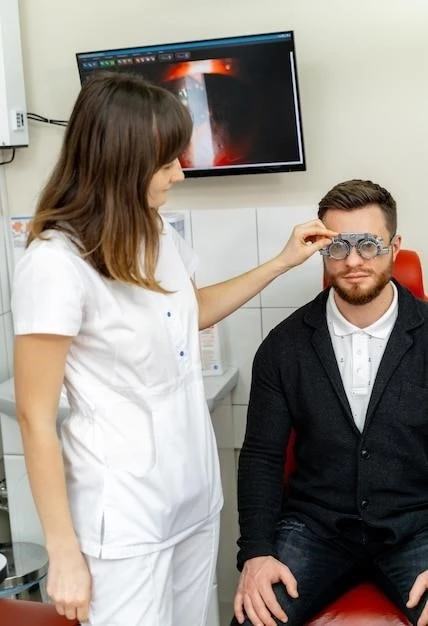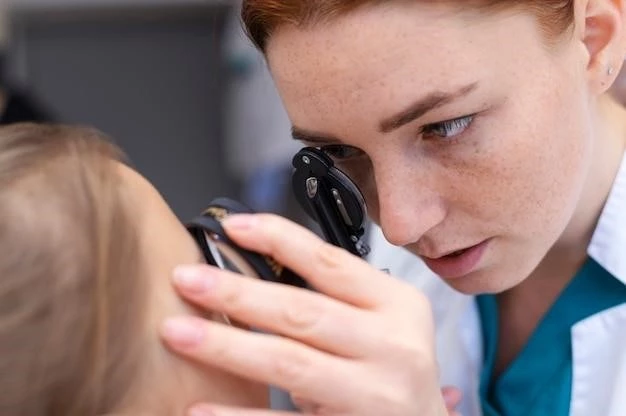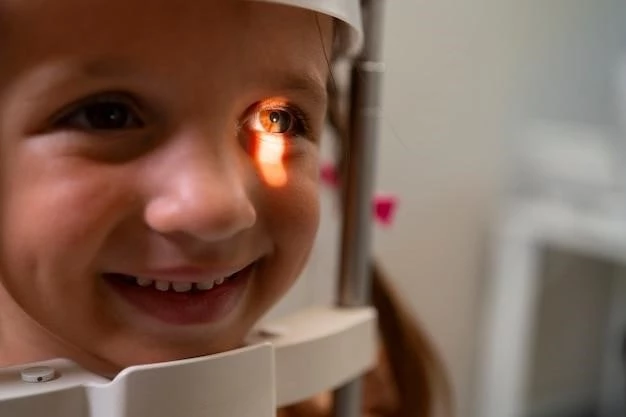Overview of Oculodentodigital Dysplasia Dominant
Oculodentodigital Dysplasia Dominant is a rare condition primarily affecting the eyes, teeth, and fingers. It is caused by genetic mutations and typically inherited in an autosomal dominant manner. Symptoms can vary widely, necessitating specialized treatment approaches. It is crucial to consult with experts and support organizations for guidance and assistance.
Oculodentodigital Dysplasia (ODDD) is a rare, primarily autosomal dominant congenital syndrome characterized by craniofacial, ocular, dental, and digital anomalies. It typically involves syndactyly affecting the 4th and 5th fingers, camptodactyly, and may present neurological symptoms, cardiac disorders, and more. The condition is caused by mutations in the GJA1 gene, impacting various bodily systems and requiring specialized diagnosis and management.

Genetic Basis and Inheritance
Oculodentodigital dysplasia (ODDD) is primarily an autosomal dominant disorder caused by mutations in the GJA1 gene. Diagnosis involves genetic testing and management tailored to specific symptoms.
Role of GJA1 Gene
The GJA1 gene plays a crucial role in Oculodentodigital Dysplasia (ODDD) as mutations in this gene are responsible for the development of the condition. Understanding the impact of these genetic changes is essential for diagnosis and management strategies tailored to each individual’s symptoms. Consulting with genetic specialists can provide further insights into the role of the GJA1 gene in ODDD.
Description and Characteristics
Oculodentodigital Dysplasia (ODDD) is a rare genetic disorder characterized by abnormalities in the eyes, teeth, and fingers. It typically follows an autosomal dominant inheritance pattern and can include a wide range of symptoms affecting various bodily systems. Diagnosis involves clinical examination and genetic testing, with management focused on addressing specific symptoms exhibited by individuals.
Common Symptoms and Diagnostic Methods
Oculodentodigital dysplasia presents with a variety of symptoms such as craniofacial anomalies, dental issues, and digital abnormalities. Diagnosis typically involves a clinical examination looking for characteristic features like syndactyly and genetic testing to confirm mutations in the GJA1 gene, providing insights into personalized management strategies.
Ocular Manifestations in Oculodentodigital Dysplasia
Oculodentodigital Dysplasia (ODDD) affects various parts of the body, with notable impact on the eyes. Understanding these manifestations is key to tailored management approaches.
Impact on Eyes and Vision
Oculodentodigital Dysplasia (ODDD) significantly affects the eyes and vision, leading to various ocular abnormalities. Understanding these impacts is crucial for developing tailored management strategies to address visual impairments associated with the condition;
Management and Treatment Approaches
When addressing Oculodentodigital Dysplasia, personalized treatment plans are essential to manage varying symptoms effectively. Consultation with healthcare professionals and experts is crucial for tailoring treatment strategies.
Oculodentodigital Dysplasia (ODDD) exhibits a wide spectrum of symptom severity, varying from mild to severe manifestations. Recognizing this variability is crucial for implementing personalized management and treatment plans to address individual needs effectively.
Phenotypic Variability and Expressivity
Oculodentodigital Dysplasia (ODDD) exhibits diverse symptom severity levels, ranging from mild to severe manifestations, highlighting the importance of personalized management tailored to individual needs.
Understanding the Range of Symptom Severity
Oculodentodigital Dysplasia (ODDD) encompasses a broad spectrum of symptom severity levels, emphasizing the need for tailored management strategies to address individual variations effectively. It is crucial to recognize and account for this variability in symptom presentation to provide personalized care for individuals with ODDD.

Research and Recent Findings
Recent research in Oculodentodigital Dysplasia (ODDD) has uncovered novel ocular findings and mutations, shedding light on the complexity of this rare genetic disorder. Keeping abreast of these advancements is crucial for informed management and treatment approaches.
Novel Discoveries and Mutation Studies
Recent studies have uncovered new ocular findings and mutations linked to Oculodentodigital Dysplasia (ODDD), advancing our understanding of this complex genetic disorder. Staying informed about these discoveries can aid in developing targeted treatment strategies and personalized care for individuals with ODDD.
Support Resources and Expert Centers
Connect with specialized centers and organizations providing valuable assistance for individuals affected by Oculodentodigital Dysplasia Dominant. Seek expert guidance for comprehensive support and care.
Organizations Providing Assistance for Individuals with Oculodentodigital Dysplasia Dominant
Seek support from organizations specializing in Oculodentodigital Dysplasia Dominant to access valuable resources and expert guidance for comprehensive care and assistance tailored to individual needs.
